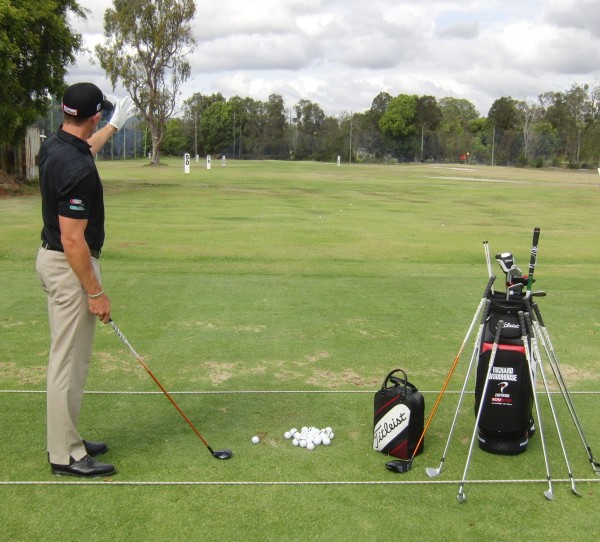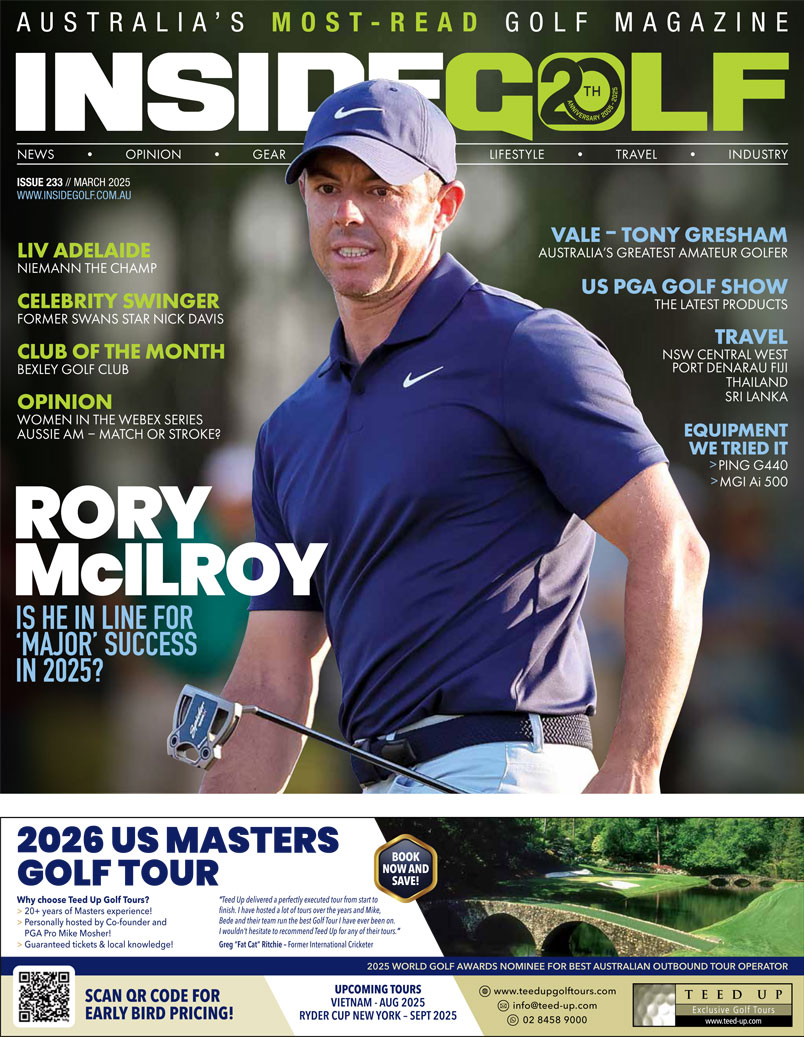
How often do we see good results on the practice fairway which often don’t translate to the golf course? This is a statement that is echoed amongst amateur golfers. So what’s the reason for this? Pressure? Conditions? Environmental factors? Well, possibly all of the above, but I see the main cause to be the way we practise.
It is very easy to get sucked into poor practice habits which we may not be aware of. Due to these habits that we create on the practice fairway, our on-course performance is consequently affected.
For a player to perform at his or her best, I like to ensure the student’s practice time is efficient; there is nothing worse than spending time working on improvement in a practice scenario and not reaping the rewards when it counts. The way I achieve this is by randomising the players practice time rather than falling into the trap of conducting “blocked” practice.
BLOCKED PRACTICE VS RANDOM PRACTICE
Blocked practice is where the player is working intently on a technique improvement in a very controlled environment; striking ball after ball to one target with the same golf club running minimal routine. Studies show this practice may be effective “right here and now” creating rhythm, timing and initial satisfaction on ball flight and strike improvement. However, when the student returns to the range during their following session or to the golf course under pressure, how much of the swing improvement has really been retained? The answer: not much.
Random practice is approaching your practice session with a system whereby you conduct a full routine (pre and post shot) with every shot taken. By practising in this manner we create an environment where the brain is forced to learn the skill each and every time we run the process; no longer are we simply allowing rhythm or timing to take place to produce the pattern we are striving for.
At the time, the practice session may feel ”harder” and more “uncomfortable” due to the fact that you are not just “beating balls” as you would in a “blocked” session. This may lead to a feeling of less improvement but in fact you will see that the random practice (new shot every time, full Pre-Shot Routine with shape and trajectory in mind) creates far improved retention of information for the following session and onto the golf course for the moment of truth.
All of this taken into consideration we are creating an environment of not only coaching the players to execute a range of different flights but also speeding up their improvement cycle as a whole.




